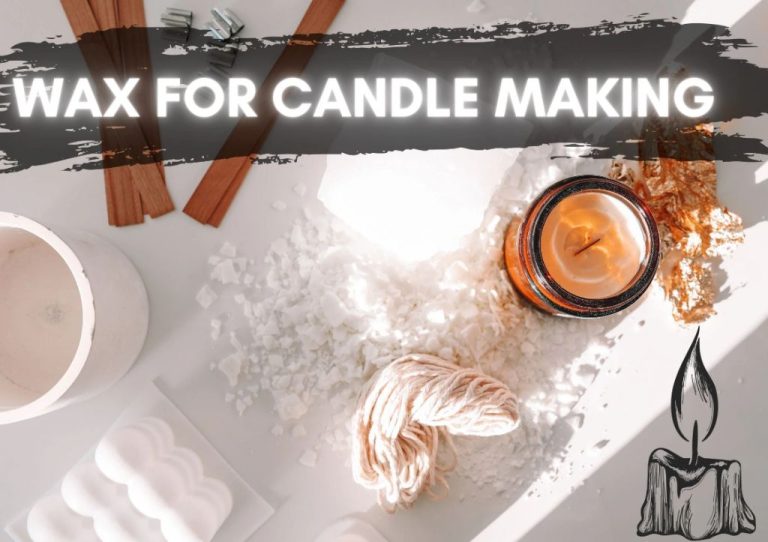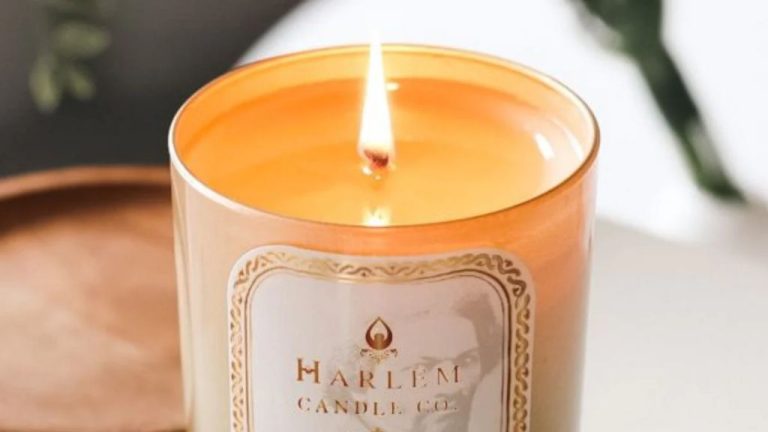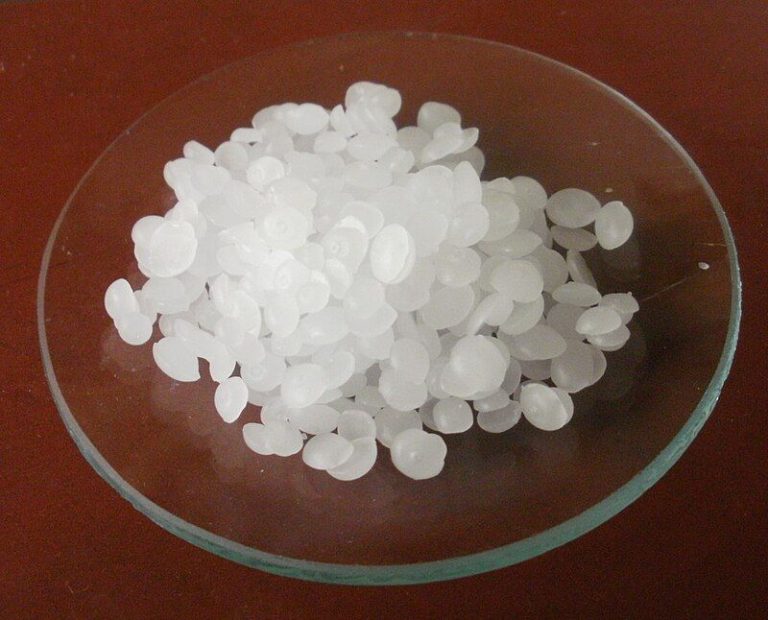Can You Put Leftover Candle Wax In A Wax Melter?
A wax melter is a device used to melt scented wax to fill a room with fragrance. It works by heating wax above its melting point, allowing it to turn into a liquid that can evaporate into the air. Wax melters use a low-heat source, like a tea light or electric heating element, to safely and gently warm wax until it liquefies. The melted wax releases fragrant oils, allowing aroma to spread throughout the room via convection and diffusion. Wax melters come in various styles, like electric warmers or candle-powered melters, but all work the same basic way – by melting wax to disperse scent. They offer an alternative to burning candles, providing ambiance through fragrance without an open flame. When the wax cools and hardens again, the scent diminishes. Simply re-melting the wax will reactivate the aroma, making wax melters a reusable and economical way to scent your space.
Can You Reuse Candle Wax in a Wax Melter?
Yes, you can reuse leftover candle wax in a wax melter. When a candle burns down, there is often wax left over that clings to the sides of the glass or remains at the bottom. This leftover wax can be collected and reused in a wax melter as wax melts.
There are some pros and cons to reusing candle wax in a wax melter:
Pros:
- It reduces waste by giving leftover candle wax a second life.
- It saves money by getting more use out of spent candles.
- The wax melts made from leftover candle wax retain some of the original fragrance.
Cons:
- The fragrance may not be as strong as when first burned as a candle.
- If different candle fragrances are combined, the scents can compete or create an unfavorable blend.
- Dyes and impurities from the candle can discolor the wax melter wax.
Overall, reusing candle wax is an environmentally-friendly way to extend the life of a favorite candle. With some care taken in combining compatible scents, leftover candle wax can be a cost-effective option for making wax melts at home.
![]()
Safety Considerations
When reusing candle wax in a wax melter, it’s important to consider safety and avoid potential issues like soot or diminished scent throw. One key factor is the flash point – the lowest temperature at which the wax can ignite from an exposed flame.
Flash points vary for different candle waxes. According to Northwood Candle Supply, paraffin wax has a very high flash point of about 400°F, while soy wax is around 160-170°F. Flash point is especially important for gel candles, where the manufacturer recommends only using fragrance oils with a 170°F flash point or higher to avoid sooting.
In general, it’s safest to reuse candle wax with a high flash point in your wax melter. Lower flash point waxes like soy have a higher risk of generating soot or losing their scents when heated without a wick. Consulting the manufacturer’s guidelines can help determine which leftover candle waxes can be safely reused.
How to Reuse Candle Wax
Reusing leftover candle wax from previously burned candles is a great way to get more use out of them. Here are the basic steps to safely clean, melt, and combine the leftover wax for use in wax melters:
First, remove any debris or wick remnants from the old candle wax. This helps ensure a clean burn when remelting the wax. Use a knife to scrape off any extra wax clinging to the sides of the glass jar or metal container.
Next, break up the existing candle wax into smaller chunks, as this will help it melt faster and more evenly. Place the wax pieces in a heatproof glass or metal container. Avoid using plastic, as the wax can get hot enough to melt plastic.
Then, fill a saucepan with 2-3 inches of water and place the container of wax inside. Heat the water until the wax chunks fully melt. Take care not to boil or overheat the wax, as this can burn or discolor it. Stir periodically as the wax melts.
Once melted, you can combine the leftover wax from multiple candles into one container. This lets you mix and customize scents. Just avoid mixing wax types, like soy with paraffin.
Next, add a few drops of essential oils, fragrance oils, or candle dye to personalize the scent and color. Stir thoroughly to fully incorporate. For strong scent, use 1-2 ounces of fragrance oil per 1 pound of wax.
Finally, carefully pour the melted wax into the wax melter, jars, or other candle making containers to set. Let it fully harden before use. Enjoy your repurposed candle wax!
Remelting and reusing old candle wax is an eco-friendly way to reduce waste and revive your favorite scents. With some simple preparation, you can give leftover wax new life in wax warmers and melts. Just take care with hot wax and mind fire safety.
What Types of Candles Work Best?
When choosing a candle to reuse in a wax melter, you’ll get the best results from certain types over others. The main options are paraffin candles, soy candles, and beeswax candles. You’ll also want to consider jar candles versus taper candles.
Soy wax candles tend to be the best for reusing in wax melters. According to CandleScience, soy wax has excellent scent throw and is easy to work with. It’s also economical and environmentally friendly [1]. Soy wax has a low melting point, which allows the fragrance to fully release into the air. It’s soft enough to easily cut into wax melt chunks. Popular soy wax candle brands like Yankee Candle and Bath & Body Works work very well.
Beeswax candles can also be reused, but may need to be blended with other waxes like soy or paraffin to improve scent throw. Straight beeswax has a high melting point which can inhibit fragrance diffusion. However, beeswax is appreciated for its natural honey aroma.
Paraffin wax candles are not ideal for wax melters. Paraffin wax has poor scent throw compared to soy or beeswax. It can also produce more soot. If reusing a paraffin candle, try combining it with another wax type [2].
As for candle styles, opt for jar candles rather than tapers. Jar candles have more wax volume so you can cut larger chunks or melt and repour the whole candle. Tapers provide very limited wax reuse.
Maximizing Scent Throw
When reusing candle wax in a wax melter, it’s important to maximize scent throw so you can fully enjoy the fragrance. Scent throw refers to how well a fragrance diffuses into the air. There are a few key factors that impact scent throw:
Wick size – Wax melts with a larger wick will melt more wax at a time, producing more fragrance. Opt for a wax melter with 2 or 3 wicks for maximum scent dispersal. According to The Candle Review, larger multi-wick wax melts tend to have the best scent throw.
Wax purity – Pure paraffin wax or soy wax without additives will allow fragrance to diffuse optimally. Impurities can hinder hot throw. Stick to reputable candle wax brands when making your own melts.
Melting point – Wax with a lower melting point will pool at a lower temperature, enabling fragrance to escape sooner. Aim for wax with a melting point between 120-130°F like Paraffin Wax 116-119°F or Soy Wax 115-125°F. According to Glow CLP, quality fragrance oils designed for wax melts will also boost scent throw.
Making Custom Wax Melts
One of the best ways to reuse leftover candle wax is to make your own custom wax melts. This allows you to create melts in any scent you desire by mixing and matching leftover wax. To make custom wax melts, you’ll need:
- Silicone molds – These molds come in a variety of shapes and sizes. Look for molds with cavities that hold 1-2 ounces of wax. The flexible silicone makes it easy to pop the finished melts out of the molds.
- Wicks – Use cotton or wood wicks designed for wax melts. Proper wicking helps ensure even melting and full scent dispersion.
- Dyes and fragrance oils (optional) – Customize the look and scent by adding liquid candle dye and essential oils or fragrance oils.
Start by melting your leftover candle wax either in a double boiler on the stove or using a wax melter. Carefully pour the melted wax into the silicone molds, leaving a little room at the top for the wick. Place a wick in the center of each cavity. Allow the wax melts to fully cure and harden for 24-48 hours before removing from the molds. The longer you allow the melts to cure, the better the scent throw will be.
Making your own custom wax melts is an excellent way to use every last bit of leftover candle wax and create melts in your favorite scents. With the right materials and a little practice, you’ll be making boutique-quality wax melts at home in no time!
Troubleshooting Issues
Wax melts can sometimes exhibit certain problems like sooting, poor scent throw, and wet spots. Here are some common troubleshooting tips:
If your wax melt produces black soot or smoke, it is likely due to improper wax melting temperatures. Be sure to melt the wax fully between 180-200°F according to the manufacturer’s guidelines. Soot can also occur if you use a wax meant for containers or pillars in your wax melter. Stick to waxes formulated specifically for melts.
For poor scent throw, first evaluate your wax melter to ensure it is providing adequate heat to melt the wax fully and diffuse the fragrance. Use an unscented melt to test it. Also try a new fragrance oil, as some simply have weaker scents. The type of wax can also impact throw. Soy wax tends to have better scent diffusion than paraffin. Finally, add more fragrance oil – up to 1 oz per pound of wax.
Wet spots, frosting, or oiliness on the wax surface usually occurs when too much fragrance oil is added. Try reducing the amount to 0.5-0.7 oz per pound of wax. Sweating and separation can also happen when adding fragrance above 185°F. Add oils below this temp. Properly formulating the wax with additives like vybar can help bind the fragrance.
If problems persist, consult manufacturer guidelines. Troubleshooting will depend on your specific wax, fragrance, and equipment. Proper testing is key to creating effective melts.
Creative Uses for Leftover Wax
Instead of throwing out leftover wax, there are many creative ways to reuse it. Here are some ideas:
Wax Embeds
Add leftover wax to molds to create wax embeds for candles, soaps, or melts. Popular embed shapes include flowers, seashells, leaves, and more. Let the wax fully cool and harden before gently removing from the mold. Decorate candles, soaps, gifts baskets and more with beautiful wax embeds (Source).
Fire Starters
Pour wax into empty egg cartons or ice cube trays. Add wicks if desired. Allow wax to fully harden, then pop out the wax cubes or cut cartons into individual fire starters. These make great emergency preparedness supplies or camping gear (Source).
Candles
Melt down old candle wax to create new candles in any shape or size desired. Reuse old jars or tins, or pour wax into silicone molds. Customize the color and scent by adding dye blocks or essential oils. DIY candles make great gifts, home decor, or just to enjoy (Source).
Conclusion
In summary, you certainly can reuse leftover candle wax in a wax melter if done safely and properly. The key things to keep in mind are:
- Make sure to cut away any wick remnants to avoid potential fire hazards.
- Candles made from paraffin or soy wax tend to work best, while beeswax may not melt as well.
- Mixing candle wax with tart wax or oils can help maximize scent throw.
- Custom blending leftover wax is a great way to create unique melts.
- Potential issues like poor scent throw can often be fixed by tweaking your mixture.
- Get creative with making melts, embeds, wax “crayons” and more with that leftover wax.
With some care and experimentation, leftover candle wax can safely be repurposed to make new wax melts at home.





